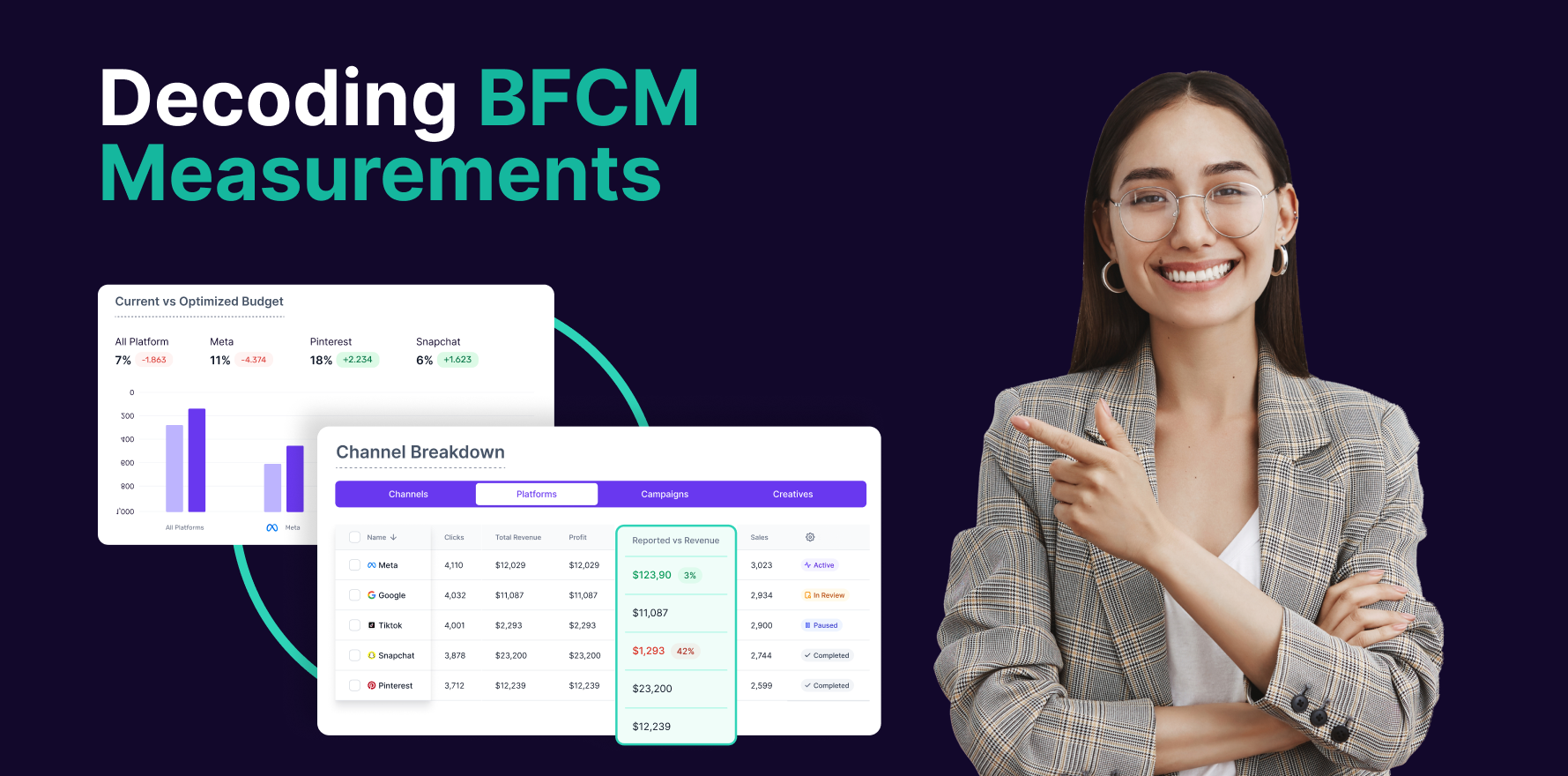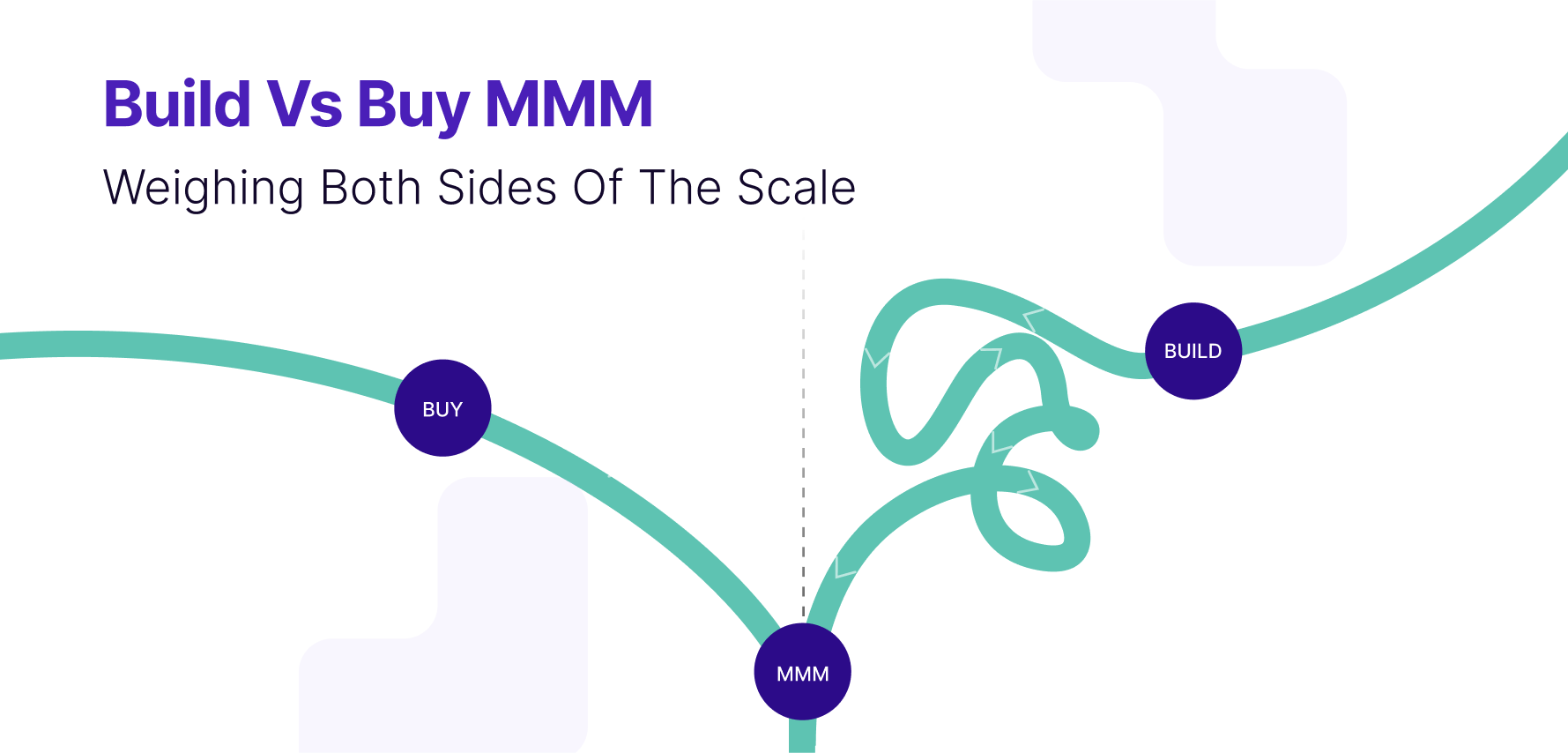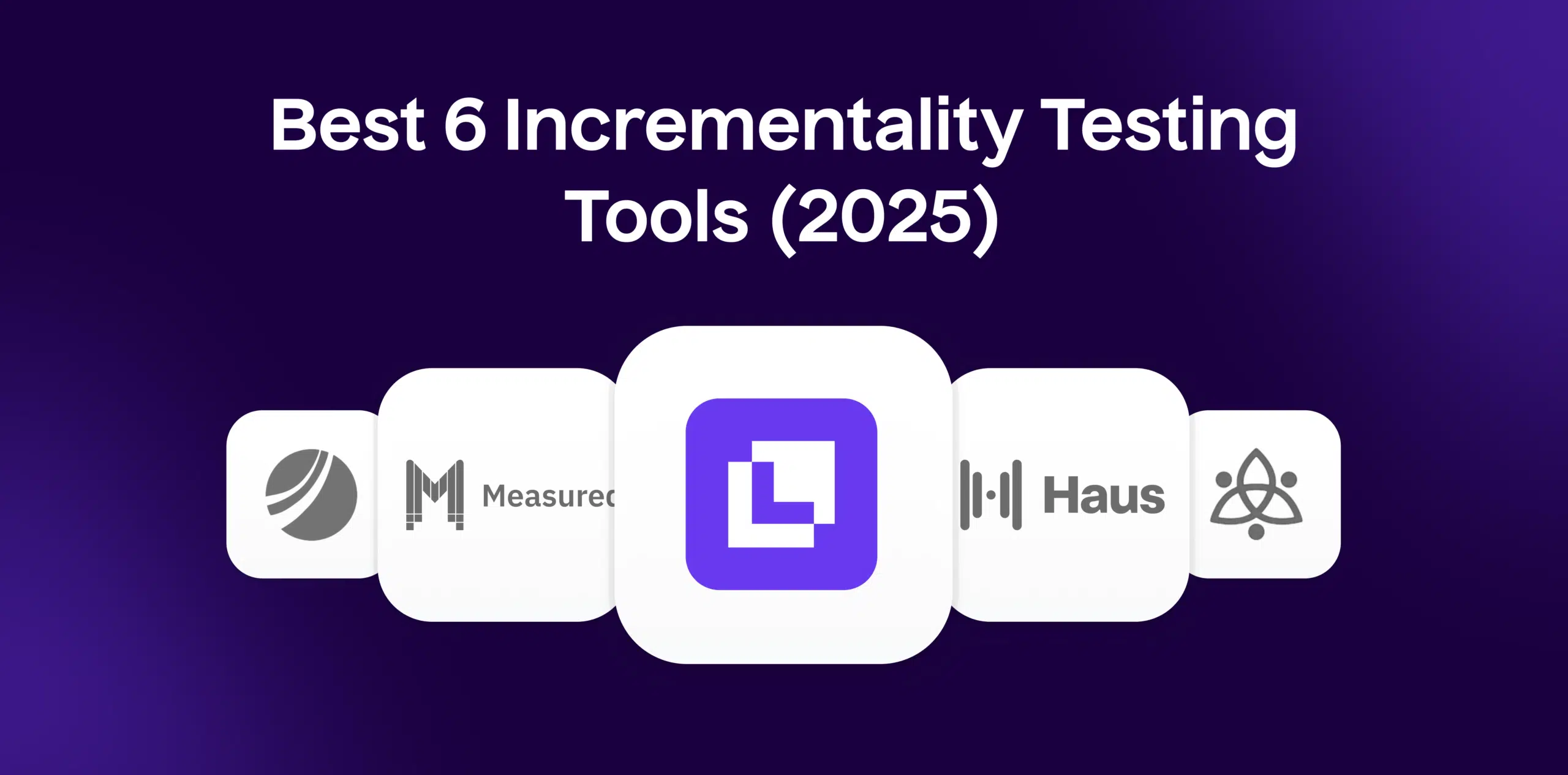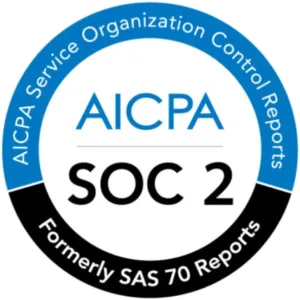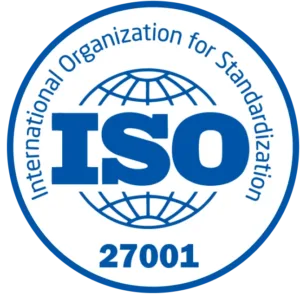What is LTV:CAC ratio?
In the world of eCommerce, understanding the metrics of your business’s success is crucial. The LTV: CAC ratio, often overlooked, is one such critical metric. It stands for the ‘Customer Lifetime Value to Customer Acquisition Cost’ ratio and is used to determine the value a customer brings over their lifetime compared to the cost of acquiring that customer.
Formula
LTV:CAC = Customer Lifetime Value / Customer Acquisition Cost
Example
Let’s say, for instance, through the lifetime of their relationship with your business, an average customer brings in a gross profit of $600 (LTV). Suppose, on the other hand, it costs your business $200 to acquire a new customer (CAC). Your LTV: CAC ratio would be $600/$200, or 3:1.
Why is LTV:CAC ratio important?
LTV:CAC ratio is instrumental in gauging the long-term profitability of your customer acquisition strategy. A high LTV:CAC ratio means you’re making more profit per customer compared to how much you’re spending to acquire new customers, which is essential for sustainable and profitable growth. A low LTV:CAC ratio can indicate that too much is being spent to acquire customers compared to the value those customers bring, thus jeopardizing profitability.
Which factors impact LTV:CAC ratio?
Factors affecting this ratio within your business might include product pricing, competition, industry, marketing efficiency, customer retention rate, and customer service quality.
How can LTV:CAC ratio be improved?
Improving the LTV:CAC ratio often involves two sides – increasing the LTV or reducing the CAC. Optimizing your marketing strategy to target high-value customers, improving your product or customer service to increase customer retention, or trying to upsell/cross-sell to your existing clients are some ways to improve LTV. On the other hand, optimizing your ad spend, improving lead conversion rates, or cost-effectively reaching your target market are some strategies to reduce the CAC.
What is LTV:CAC ratio’s relationship with other metrics?
This ratio is closely related to other eCommerce metrics like churn rate (higher churn rates often lead to lower LTV), average purchase rate (higher purchase rate can lead to higher LTV), and conversion rate (higher conversion rate can decrease CAC).
Free essential resources for success
Discover more from Lifesight

